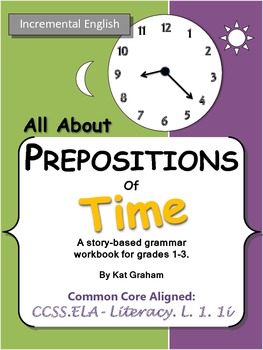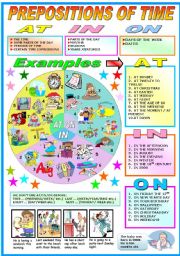

Unclear Revision: Paid for the car had not been. (Ends with a preposition but is acceptable) Since the purpose of writing is to clearly communicate your ideas, it is acceptable to end a sentence with a preposition if the alternative would create confusion or is too overly formal.Įxample: The car had not been paid for. This rule is associated with Latin grammar, and while many aspects of Latin have made their way into English, there are times when following this particular grammar rule creates unclear or awkward sentence structures. See more about this on our verb choice page.Īt one time, schools taught students that a sentence should never end with a preposition. Please refer to my previous explanation.Īlthough verb + preposition combinations appear similar to phrasal verbs, the verb and the particle (in this case, the preposition) in these combinations cannot be separated like phrasal verbs.My results will lead to future research on the topic.I hope to contribute to the previous research.The recipe consists of three basic ingredients.She will succeed in completing her degree.My recruitment strategies resulted in finding 10 participants.


The same problem occurred in three out of four cases.They are searching for the missing dog.I returned the transcripts to the interviewees to allow for revisions to be made.Be sure to account for any discrepancies.The results differ from my original idea.He arrived at the airport 2 hours early.Some Common Verb + Preposition CombinationsĪt: arrive (a building or event), smile, look Memorizing these phrases instead of just the preposition alone is the most helpful. To find which prepositions follow the verb or an adjective, look up the verb or adjective in an online dictionary, such as Merriam Webster, or use a corpus, such as The Corpus of Contemporary American English. Sometimes verbs and adjectives can be followed by different prepositions, giving the phrase different meanings. Some verbs and adjectives are followed by a certain preposition. Walk toward the garage and then turn left.We will stop at many attractions along the way.The post office is across the street from the grocery store."beneath," "beside," "between," "from," "in front of," "inside," "near," "off," "out of," "through," "toward," "under," and "within." To refer to a spatial relationship, use the prepositions "above," "across," "against," "ahead of," "along," "among," "around," "behind," "below," To refer to a location, use the prepositions "in" (an area or volume), "at" (a point), and "on" (a surface). There is a purple flower among the weeds.The gas station is by the grocery store.To refer to an object close to a point, use the prepositions "by," "near," "next to," "between," "among," and "opposite." The squirrel hid the nuts under a pile of leaves.The plates were on the shelf above the cups.To refer to an object higher than a point, use the prepositions "over" and "above." To refer to an object lower than a point, use the prepositions "below," "beneath," "under," and "underneath." To refer to a place, use the prepositions "in" (the point itself), "at" (the general vicinity), "on" (the surface), and "inside" (something contained). They are in school from August until May.(Starting in January and ending in June.) I will collect data from January to June.(For the period of time throughout the summer.) (She will finish her homework sometime between now and 6:00.) (I moved there in 2005 and still live there.) I have lived in Minneapolis since 2005.To refer to extended time, use the prepositions "since," "for," "by," "during," "from…to," "from…until," "with," and "within." Also use "at" with noon, night, and midnight. Use "in" with parts of the day (not specific times), months, years, and seasons. To refer to one point in time, use the prepositions "in," "at," and "on." Drive on(to) the grass and park the car there.To refer to a direction, use the prepositions "to," "in," "into," "on," and "onto.


 0 kommentar(er)
0 kommentar(er)
